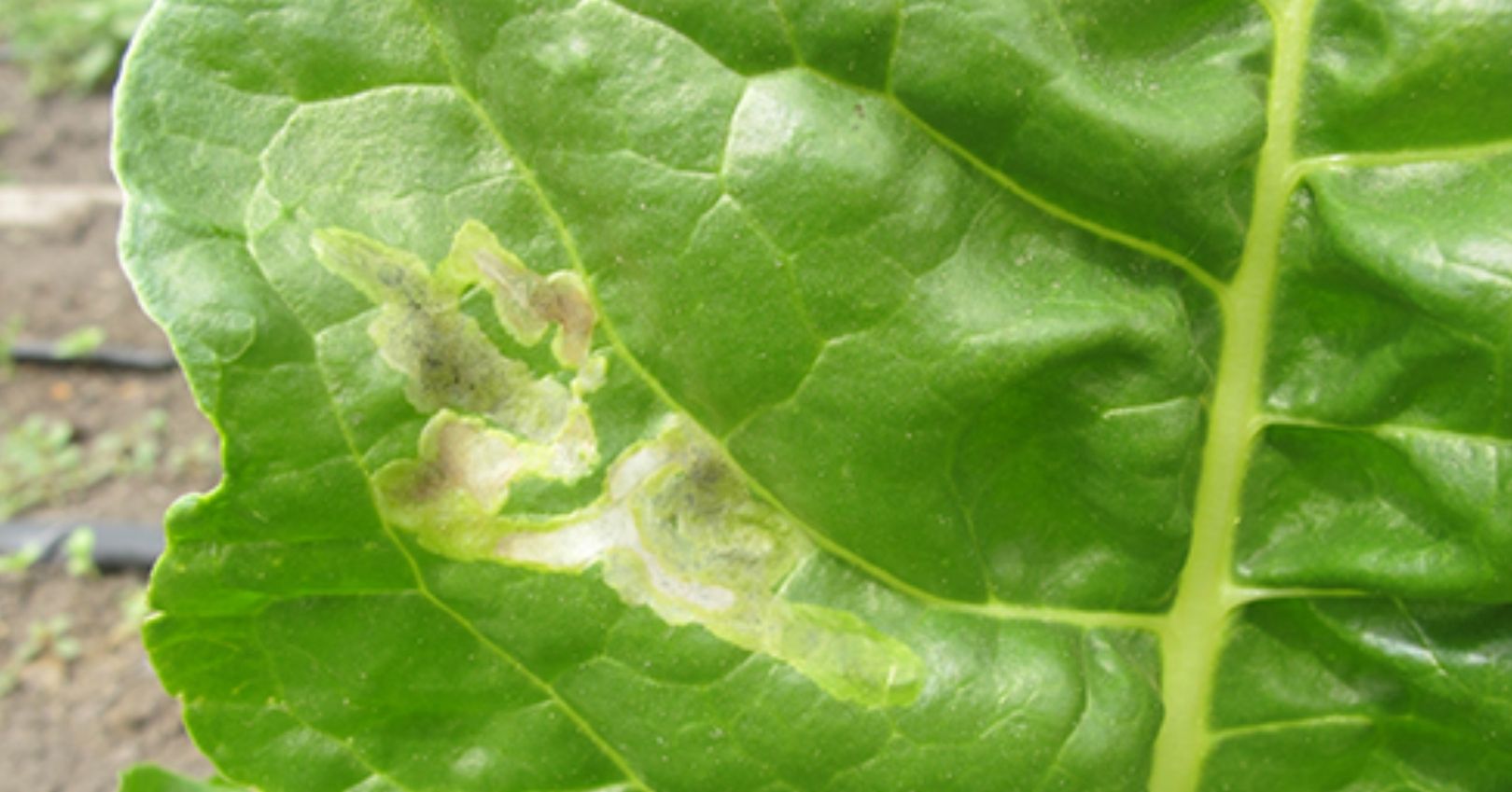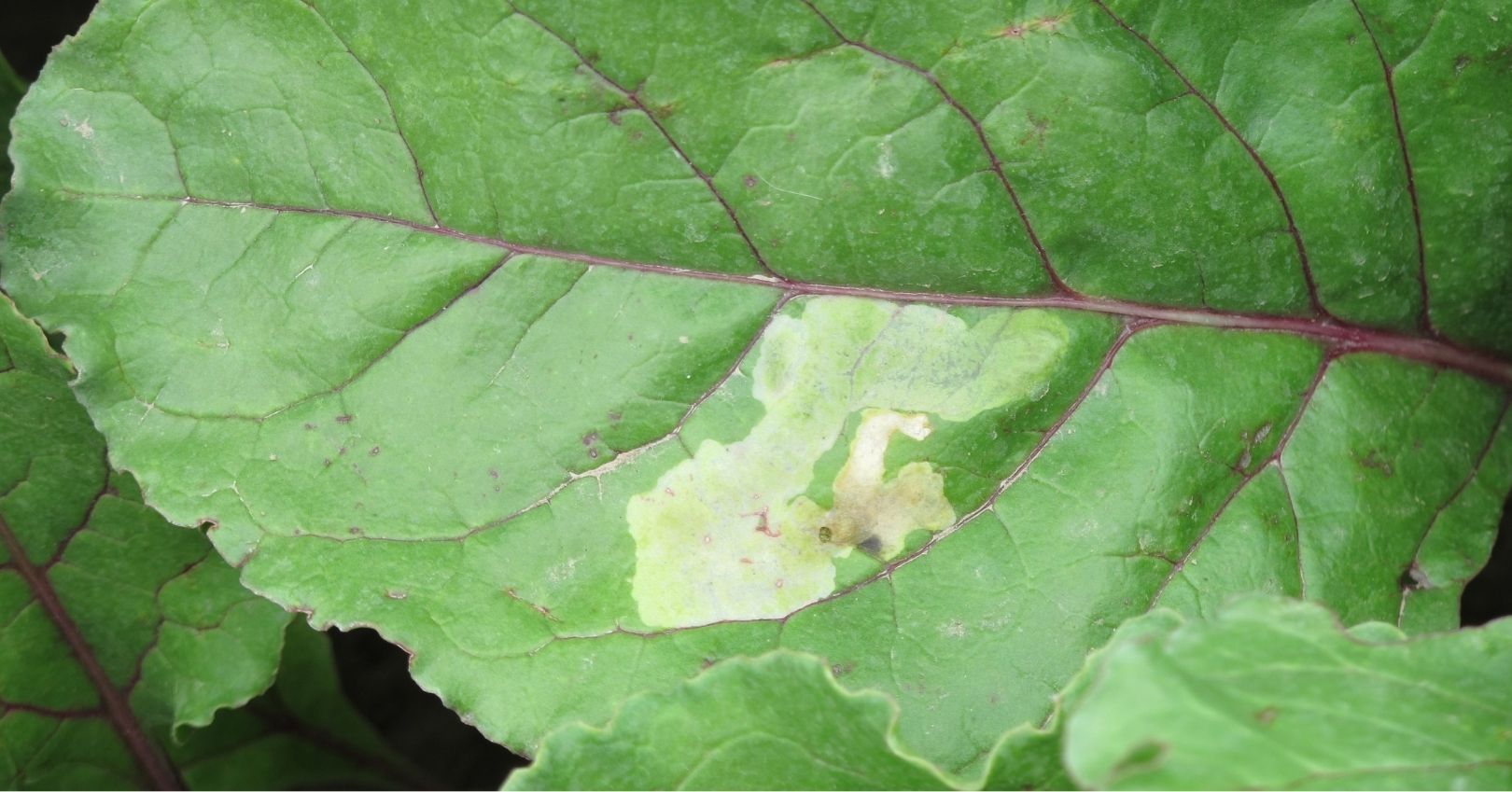Leafminers




Description
Adult: Small, about 0.06-0.33 inch long, black to gray flies with yellow-green markings depending on the species.
Egg: About 0.04 inch long and 0.0008 in wide, white, elongate, cylindrical and laid singly or in small groups.
Larva: Legless, initially colorless but becomes yellowish as it matures with four instars ranging from 0.02-1.0 inch long.
Life History
Leafminers overwinter in the soil as pupae and emerge in late May as adults. Females lay eggs on the undersides of host leaves. Eggs hatch in about 2-4 days and small maggots feed between the upper and lower surface of the leaf. One leaf may have several maggots. Larvae emerge from feeding mines to pupate on the leaf surface or just below the soil surface. Adults emerge in 10-25 days and begin to lay eggs for another generation. There are at least three generations each year.
Damage
Larval feeding between the upper and lower surface of the leaves make distinctive winding, whitish tunnels or mines in host leaves. These areas may become dry and necrotic as the plant ages and mines enlarge. Leafminer damage can be quite destructive to vegetables grown for edible greens but has little impact on other host vegetables.
Hosts include bean, eggplant, pepper, potato, squash, tomato, watermelon, cucumber, beet, pea, lettuce, spinach, chard, collards, kale, and many other plants. Preferred hosts may depend on the species of leafminer.
Monitoring
Regularly check young seedlings for leaf mines. Most mines occur on cotyledons and the first true leaves. It is not necessary to treat leafminers that are feeding on leaves of root crops such as beets, where the edible portion is not affected. However, leafminers on spinach or leafy greens may require management.
Management
Cultural
- Inspect leaves. Find egg masses throughout the growing season and crush them.
- Clip and remove infested leaves.
- Gently cultivate the soil. Around the plants to uncover pupae and destroy any that are found.
- Use adequate irrigation. This keep plants healthy.
- Eliminate alternate hosts. Destroy weeds and deep plow or physically remove crop residues which can be food and overwintering sources for leafminers.
- Encourage parasitic wasps. Plant flowering plants with nectar and pollen-rich umbel-type flowers with shallow cups, such as yarrow, dill, and fennel.
- Cultivate the soil in late fall. Expose overwintering pupae to the colder temperatures that will kill them.
Chemical
Insecticide applications help prevent adults from laying eggs, but they do not kill larvae that are already feeding within the plant leaves. Choose low impact insecticides such as spinosad, when possible to reduce impacts on natural enemies. If insecticides are necessary, the time to treat is on the eggs as they hatch. Make sure to get good coverage on the leaves.
Biological
Generally, leafminer numbers are strongly suppressed by natural predators and outbreaks are usually associated with the use of insecticides. Several parasitic wasps and predators, including vespid wasps (yellow jacket and European paper wasp) and predatory thrips, will attack leafminers.
More Information
Leafminer Management

